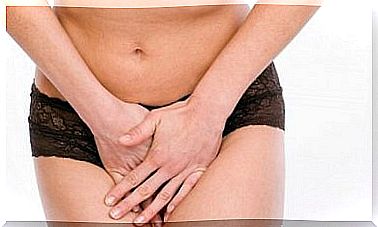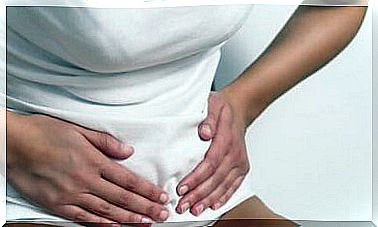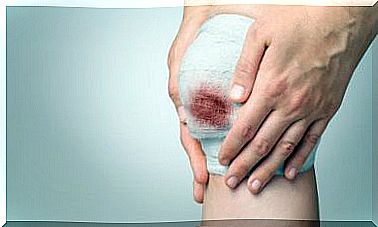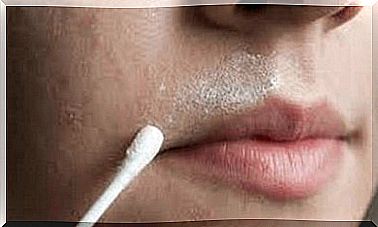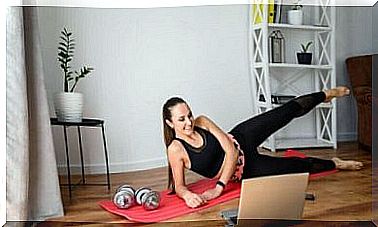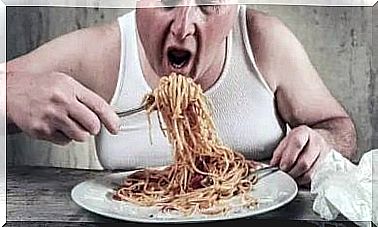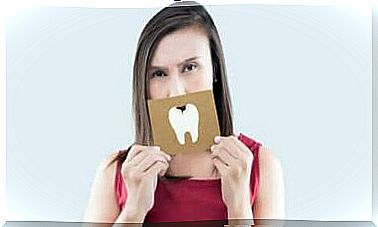Stroke First Aid
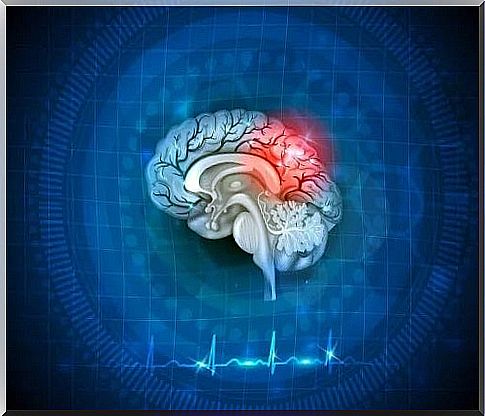
A stroke occurs when there is bleeding in the brain or when blood is not flowing properly. As a result, within a few minutes, the brain begins to fail because essential nutrients do not reach the neurons. It is crucial to seek emergency medical care after a person has a stroke. This is a serious medical emergency. The earlier the treatment is administered, the less likely it is that permanent damage will occur. While waiting for the medical crew, you must know how to give first aid in case of a stroke.
First aid in case of stroke: Fast test
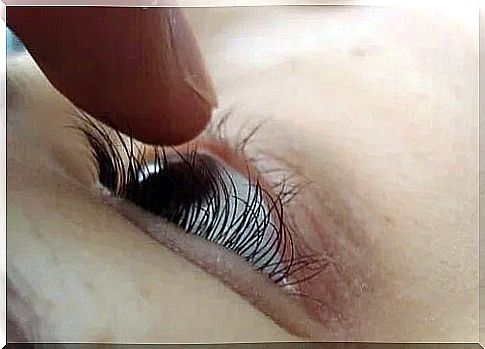
First aid in case of stroke: other important measures
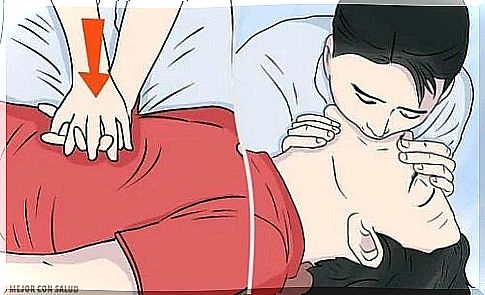
Cardiopulmonary resuscitation is a life-saving procedure performed on a person in cardiac arrest. It is good to take a first aid course to know the correct maneuvers. Knowledge of basic resuscitation techniques is useful for everyone, because an emergency can occur at the most unexpected moment and anyone can be a victim.
There are two stages of resuscitation, which are alternated:
Many times, with the idea of helping the victim, we do things that can make the situation worse. Do not try to relieve symptoms. This could be a waste of time. Do not offer food or drink to a person experiencing a potential cardiovascular event.
How to prevent a stroke
Therefore, the best way to prevent strokes is to avoid the above risk factors and other harmful habits. For example, in addition to quitting smoking, you should try not to drink alcohol and never take medication without consulting a doctor. In addition, it is important to have a healthy weight, exercise for at least 30 minutes a day and adopt a balanced diet. Another tip is to check your blood pressure regularly, as well as your blood sugar and cholesterol levels.
A final recommendation is to go to the doctor regularly (at least once a year or every six months for the elderly). If your doctor has prescribed a treatment plan, you must follow it to the end.
